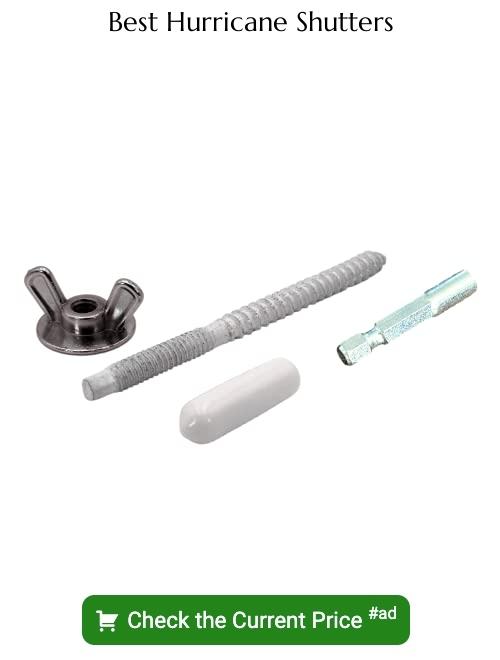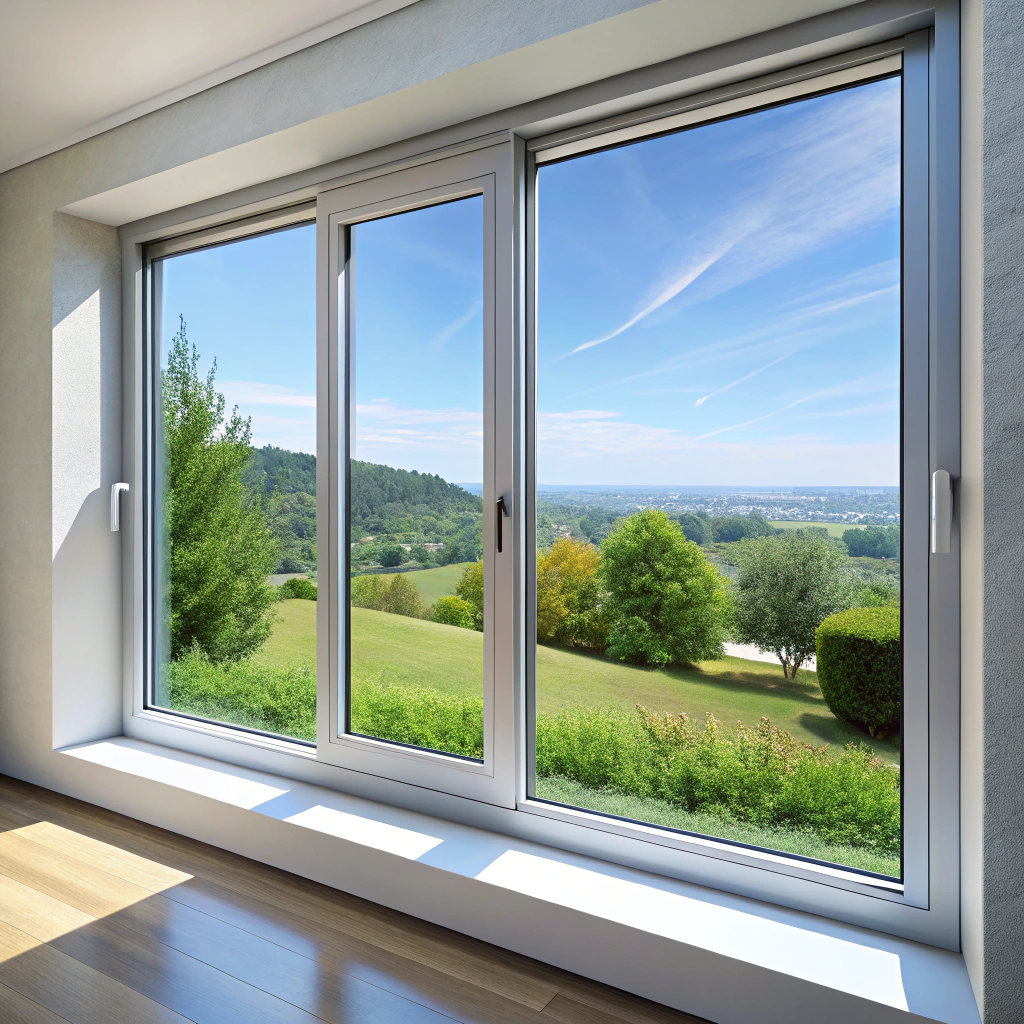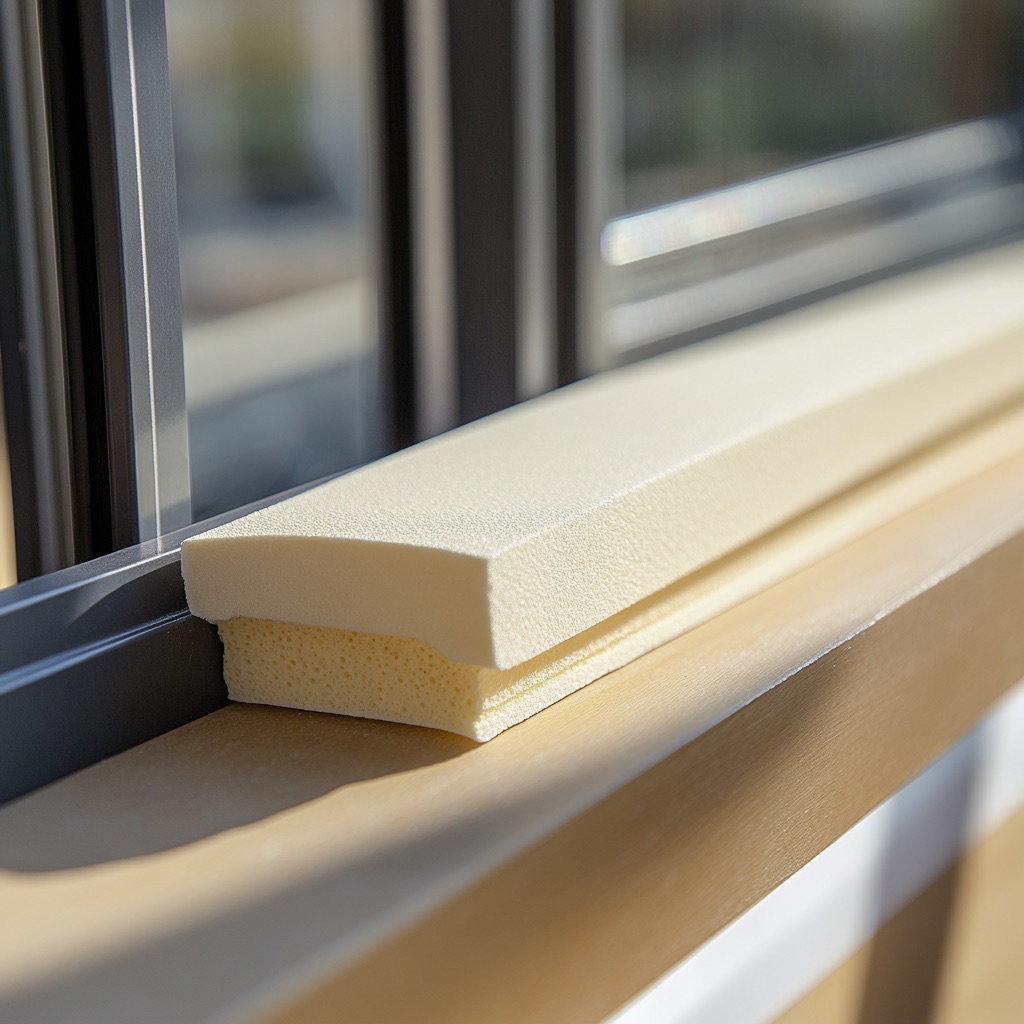The average cost to install hurricane shutters is $3,671, with a typical range falling between $1,501 and $5,891, influenced by factors such as size, style, and materials.
Here’s the breakdown.
Key takeaways:
- Storm panels: Cost-effective, removable, range from $7-$15 per square foot.
- Rolling shutters: Motorized convenience, prices range from $20 – $30 per square foot.
- Accordion shutters: Permanently affixed, foldable, cost $15 – $25 per square foot.
- Colonial shutters: Traditional look, cost $200-$300 per window.
- Bahama shutters: Tropical aesthetic, cost $20-$30 per square foot.
Hurricane Shutters Types and Costs
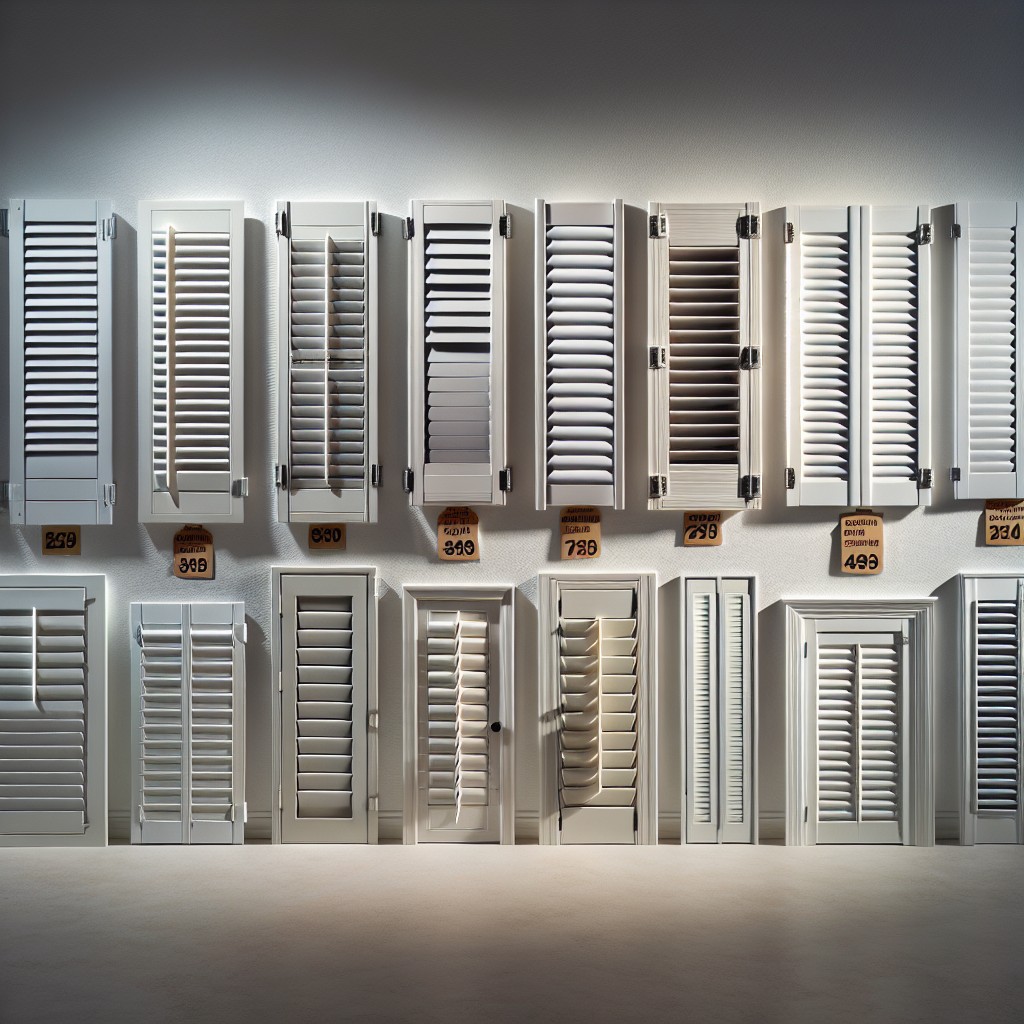
Storm panels, typically made from steel or aluminum, offer a cost-effective solution, often ranging from $7 to $15 per square foot. Their removable nature means seasonal installation and storage considerations.
On the higher end, rolling shutters provide convenience with motorized options for ease of use. Prices vary between $20 and $30 per square foot. This option requires a larger initial investment but adds long-term value and ease during storm preparations.
Accordion shutters strike a balance, costing between $15 and $25 per square foot. These permanently affixed structures fold back, making them easy to deploy.
For a more traditional look, colonial shutters range from $200 to $500 per window, providing both aesthetics and protection. These require manual setup before a storm.
Finally, Bahama shutters offer shade and storm protection, with costs averaging between $20 and $35 per square foot. Their tropical aesthetic pairs with functionality, tilting open for sunlight and shutting tight for storms.
Storm Panels
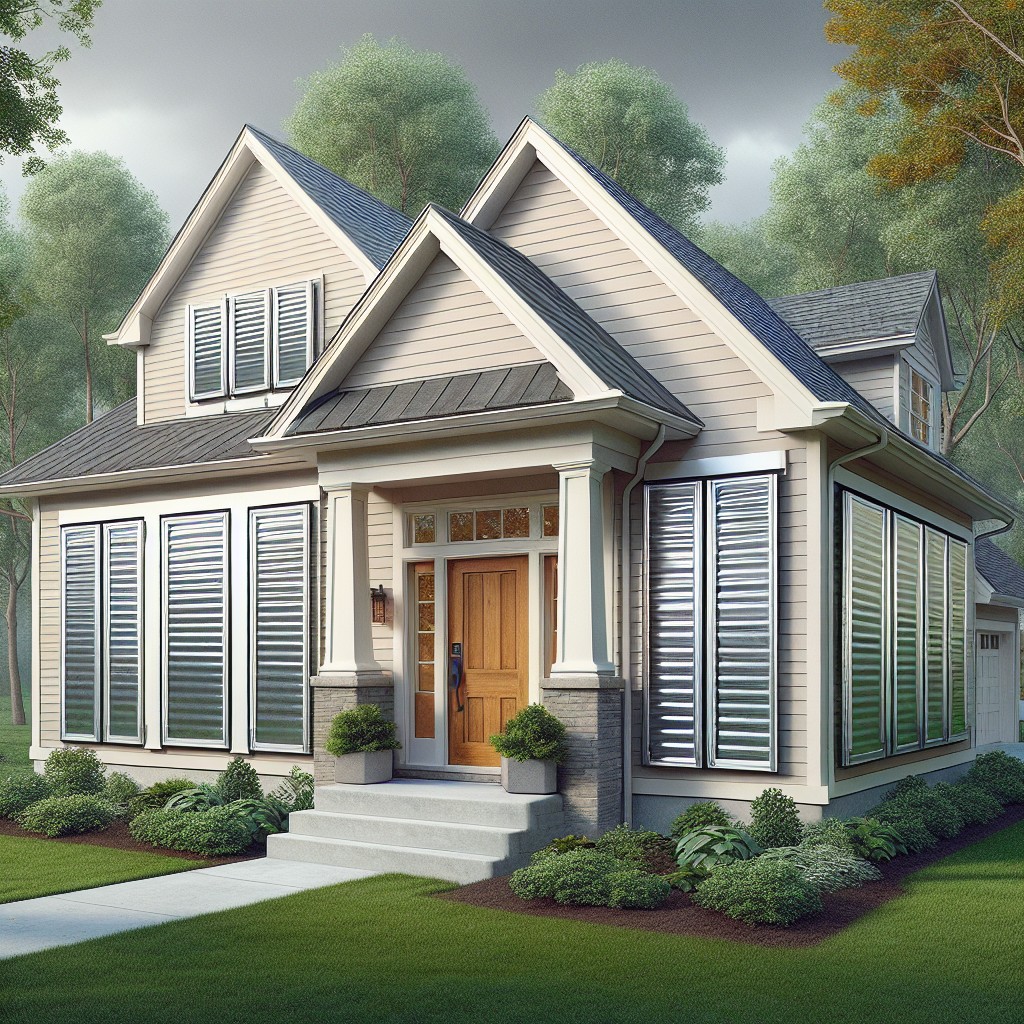
Storm panels are a cost-effective solution for homeowners looking to protect their windows during hurricanes. Made from steel, aluminum, or clear polycarbonate, they are designed to withstand strong winds and flying debris.
These panels are removable, which means they are only put up when a storm is approaching. They stack neatly for storage, taking up minimal space in your garage or storage area.
Installation involves mounting tracks around your windows, where the panels can be easily slid into place. Some factors that influence the cost include the number of windows, the size of the panels, and the type of material chosen.
Steel panels are the most economical but can be heavy and prone to rust, while aluminum and polycarbonate options are lightweight and resistant to corrosion, albeit at a higher price point.
For those who opt for DIY installation, storm panels can offer additional savings, although professional guidance is recommended to ensure your home is adequately protected. Keep in mind, their manual installation and removal process can be time-consuming and labor-intensive, especially for homes with multiple or large windows.
Rolling Shutters
Rolling shutters operate on tracks mounted above the windows and are engineered for ease. With a simple push of a button or manual crank, they unfurl from their protective housing, securing your home against hurricanes with robust coverage. Their durability comes from high-quality materials like aluminum or steel, adept at withstanding fierce winds and flying debris.
When not in use, these shutters are unobtrusive, retracting neatly out of view, which makes them a practical choice for homeowners seeking a balance between protection and aesthetics. The customization options for color and size allow for a seamless match with your home’s exterior, preserving its curb appeal.
Expect higher price points compared to simpler storm panels due to the intricacies of their design and the convenience of their operation. Remember, the cost increases with the inclusion of motorization and smart home integration, which elevates the user experience to swift and stress-free storm preparation.
Accordion Hurricane Shutters
Accordion hurricane shutters, hinged on the side and housed beside the windows when not in use, unfold accordion-style to shield your home. They’re a popular choice for their blend of affordability, protection, and ease of use. Here’s what to consider:
- Ease of Operation: One person can quickly close these shutters from inside or outside the home, which is invaluable when a storm is imminent.
- Durability: Often made from steel or aluminum, these shutters withstand heavy impact and can last for years with proper maintenance.
- Customization: They can be made-to-measure for any window size and come in various colors to match your home’s aesthetics.
- Security: Apart from storm protection, they provide an added layer of security to your home when closed.
Remember, installation complexity varies based on the home’s facade, which may influence total cost. Regular lubrication and cleaning will keep them in proper working order.
Colonial Shutters
Colonial shutters combine functionality with aesthetic appeal. These two-piece louvered shutters attach to the wall beside each window and can be easily closed when a hurricane approaches. Often chosen for their traditional look, they add a charming architectural detail to homes.
- Materials typically include aluminum, wood, or vinyl, each with varying durability and price points.
- On average, pricing can range from $200 to $500 per window, with custom designs and materials leading to higher costs.
Labor costs for installation vary based on complexity, averaging between $45 to $100 an hour. It is important to consider these when budgeting for overall expenses.
Regular maintenance, such as painting wooden shutters or lubricating hinges, ensures longevity and performance when you need them most.
Bahama Shutters
Bahama shutters, recognized for their tropical aesthetic, hinge at the top and protrude away from the window, allowing for shade and privacy when partially opened. Their angled slats facilitate a cool breeze and diffused light to enter while providing protection against the sun’s heat.
In terms of hurricane protection, they are swiftly secured against storms by lowering and fastening from the bottom.
Constructed primarily from aluminum or wood, their pricing varies depending on material and durability against weather elements. Aluminum options offer greater longevity and require less maintenance compared to wood, which, while visually appealing, may need periodic care to prevent deterioration.
The installation of these shutters does not typically demand extensive structural changes, enabling a cost-effective integration with existing window frames. Custom colors and styles can further enhance the home’s exterior while potentially increasing upfront costs. Notably, Bahama shutters may offer insurance benefits, reducing policy premiums due to their protective capabilities during hurricane season.
Factors Affecting Hurricane Shutters Cost
Selecting the right hurricane shutters involves a variety of considerations that influence the overall cost. The dimensions and total quantity of windows requiring protection play a central role in determining the price; larger or more windows equate to higher costs.
Material choices, such as steel, aluminum, or polycarbonate, also affect pricing, with some options offering higher durability at an increased expense. The installation site’s geographic location can impact pricing due to local building codes, weather patterns, and availability of materials or labor.
Additionally, homes with unique architectural features might necessitate custom solutions, leading to additional expenses. Understanding these variables helps homeowners anticipate the investment required for adequate storm protection.
Size and Number of Windows
The dimensions and quantity of your windows directly influence the overall cost of hurricane shutters. Larger windows require more materials and labor, leading to higher prices. Similarly, the more windows you need to cover, the higher the total cost will be. It’s important to consider the following:
- Measure your windows: Accurate dimensions ensure you get a proper quote and avoid overspending on excess material.
- Take note of special shapes: Non-standard shapes may need custom shutters, impacting the price.
- Remember the second-story windows: These might increase installation costs due to the additional labor and safety equipment required.
- Keep in mind that total coverage is key for protection: so budget for all vulnerable windows to ensure complete home safety.
Type of Material
Material choices for hurricane shutters vary, each with distinct benefits and cost implications:
- Steel: Robust and durable. Offers high protection but can be heavy and require more labor to install, thus costing more.
- Aluminum: Lightweight and resistant to corrosion. Less expensive than steel and easier to deploy.
- Clear Polycarbonate: Allows light to enter and is shatter-resistant. It is generally pricier than metal options but provides a clear view.
- Fabric: The most cost-effective. Fabric shutters are easier to handle and store but offer less protection than metal or polycarbonate options.
- Wood: Aesthetically pleasing but not as durable or effective as other materials. The lower initial cost might be offset by more frequent replacement or maintenance.
The material not only affects the up-front cost but also influences long-term maintenance expenses and the overall protection level against severe weather.
Geographic Location
The proximity to coastal areas significantly influences the cost of hurricane shutters. Prices can be higher in regions frequently hit by tropical storms due to increased demand and stricter building codes. In contrast, inland areas might experience lower prices but could have less availability of specialized installation services.
Be aware that local regulations may mandate specific types of hurricane protection, which can also affect your budget. It’s essential to research your area’s requirements and average costs before making a purchase.
FAQ
What is average cost to install hurricane shutters?
The average cost to install hurricane shutters is $3,671, with a typical range falling between $1,501 and $5,891, influenced by factors such as size, style, and materials.
Are hurricane shutters worth the cost?
Yes, hurricane shutters are worth the cost, because they generally offer a 50% return on investment and increase a home’s market value.
What are the disadvantages of hurricane shutters?
Hurricane shutters come with the downside of requiring consistent maintenance such as cleaning tracks, checking hinges, dealing with potential aluminum corrosion and keeping a close eye on the condition of the installation screws.
Do hurricane shutters reduce insurance?
Yes, hurricane shutters can reduce insurance premiums as the level of protection they provide often comes with applicable discounts.
What different types of hurricane shutters are available in the market?
There are various types of hurricane shutters available in the market namely, accordion shutters, Bahama shutters, roll-down shutters, colonial shutters, and storm panels.
How do hurricane shutters impact home value?
Hurricane shutters impact home value positively by enhancing safety, decreasing insurance premiums, and potentially improving curb appeal.
Can hurricane shutters be installed as a DIY project or do they require professional installation?
While it’s possible to install hurricane shutters as a DIY project with the necessary tools and skills, it’s generally recommended to have them installed professionally to ensure optimal effectiveness and safety.
Recap
